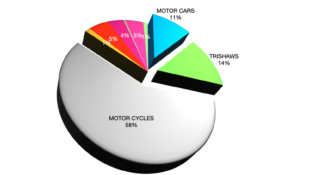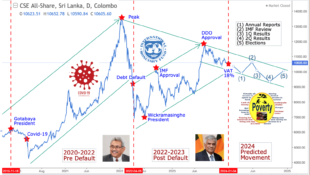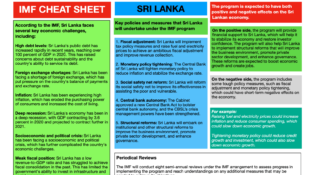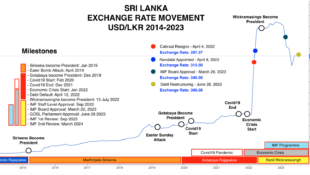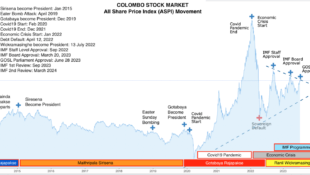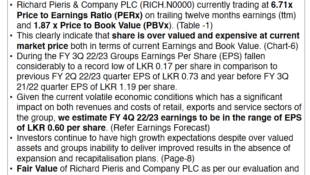The Start of a Bull Market
The bottom of the market starts at a time when the stock market is weak and the general population is pessimistic. At this point most investors sell after having endured a long and torturous bear market. This extreme pessimism found at a bottom is always irrational and undeserved. Now the market is undervalued and is a bargain. Savvy investors, the "smart money", buy bargain stocks knowing that they will be able to sell them higher in the near future. Smart money buying, called accumulation, causes stocks to rise.
The smart money often consists of operators, and corporate insiders (promoters of companies). These traders have access to information that the general public does not.
Rising stocks eventually gain the respect of institutional investors, as billions of dollars of capital is introduced into the market place. Mutual fund investment causes the stock market to advance in a powerful manner. Much of the steady large trends are powered by institutional investors. After the stock market has gained, stocks are now fairly valued and are no longer considered bargains. The smart money is now sitting on a large profit, as well. The average investor is still skeptical, however.
As bull market events unfold, retail investors begin to take interest in stocks. Retail investors, or the unsophisticated little guy, make up the vast majority of investors. This group does not invest for a living. Retail investors often make investment decisions based on what they read in financial magazines, from their brokers and from tips from friends. As the flood of retail capital is invested, the market soars, causing great euphoria. At this point in the cycle, many companies become public, or launch an IPO. Companies go public when investor sentiment is most optimistic so as to gain the highest possible stock price. IPO's generate even more optimism as unsophisticated investors buy into the fallacious thoughts of instant riches. Now is the time when many small investors become wealthy. In this phase, stocks are doubling and tripling as the media cheers on the advancing bull market.
At this point, the smart money sells, or distributes, the now overvalued stocks to overconfident retail investors. The smart money knows that overvalued stocks are no longer worthy investments, and will soon drop in value. Widespread greed always occurs, in some form, at stock market tops. Sometimes this greed takes form as stock market scams and fraud. These immoral activities can take place because irrational retail investors will buy a stock simply because it is glamorous. To compound the problems, investors will now start to use margin, or leverage, to further accelerate gains. All caution is thrown to the wind as investors think "the old rules don't apply" .
The Start of a Bear Market
After mutual funds and retail investors are fully invested, the market is overbought. This means that there is no more cash to fuel the rally. The market can only go in one direction: down. All it takes is just a hint of negative news and the market collapses under its own weight. Investors quickly realize the market is made of smoke and mirrors, as frauds or other scams come to light.
How does one know that the market is topping. Though I am no expert, these are my observations:
- Monthly charts at all time high.
- Momentum indicators in weekly charts showing overbought levels or prices falling below 30 week average.
- Prices falling below the 200 day moving average or below the two-thirds fibonnacci retracement of the primary market trend.
When panic selling starts, a market will always fall quicker than it had risen. Oftentimes, as everyone heads for the exit at the same time, there isn't anyone willing to buy the stock. This can be especially disastrous for margin users as they grow deeply indebted to their brokers. Bankruptcy is the usual result for these foolish gamblers. The majority of retail investors don't sell even as the market is plummeting. This crowd keeps holding on to stocks in hopes that the market will recover. As the market plummets 25%, then 50% the average retail investor foolishly holds on, in complete denial that the bull market is over. Finally retail investors sell every stock they own plummeting the market even further. This mass exodus is called capitulation.
The Cycle Starts Again
It is at this point that stocks are undervalued once again. The smart money is accumulating and stocks rise. The majority of retail investors bought at the top and sold at the very bottom. This is the very essence of the "dumb money". They are perpetually late into the game. This cycle continues over and over. Only the smart money actually "buys low and sells high". After trading in this manner, the dumb money will adhere to adages such as, "the stock market is risky". In reality, however, the stock market is only risky if you trade like the mindless majority!
Source: http://www.financial-spread-betting.com/Stock-market-cycles.html
This is such a worthy article for the learners.
 would enable you to enjoy an array of other services such as Member Rankings, User Groups, Own Posts & Profile, Exclusive Research, Live Chat Box etc..
would enable you to enjoy an array of other services such as Member Rankings, User Groups, Own Posts & Profile, Exclusive Research, Live Chat Box etc.. 
 Home
Home










